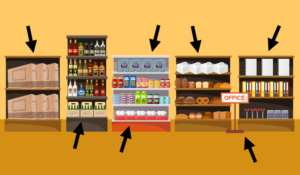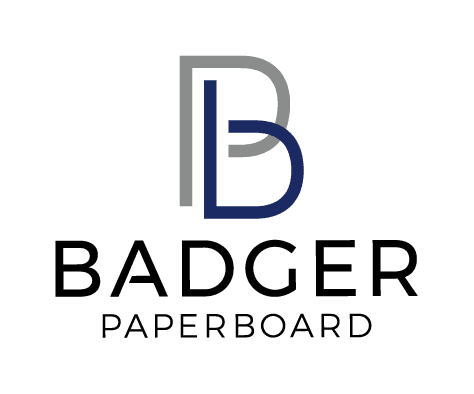What Is Chipboard Used For? 8 Unexpected Uses
Chipboard is commonly used for packaging and shipping as an alternative to cardboard. It is one of the more versatile materials out there. Check out our list of some of the most common places you’ll encounter chipboard every day.
8 Uses for Chipboard

1. Interior packaging for high-end speakers
Speakers (and other sensitive technological equipment) need extra protection in transit. Chipboard helps provide the structural integrity to keep these pieces undamaged.
2. Bakery boxes
No one wants a cake that ends up on the floor. Bakery boxes are another common chipboard application for a sturdy transport option. Chipboard can also be used for the rounds beneath cakes because they won’t absorb moisture or oil like regular paper.
3. Tissue boxes
Chipboard provides a sturdy option for tissue boxes that helps prevent crushing when in transit or stacked on store shelves.
4. Notebooks and office supplies
Ever noticed how sturdy the back of a notebook is? Thank chipboard for that. Notebook backs are a great example of how thin chipboard can be cut and still perform. Chipboard sheets can also be used for scrapbook materials, in picture frames and inside large envelopes.
5. Beer cases
As you may know, a case of beer can weigh upward of 20 lbs (more for glass bottles). Chipboard can stand up to the weight and ensures your favorite brew makes it from the store to the BBQ.
6. Store displays
Store point-of-purchase displays are often made of chipboard due to their versatility and stability. It can be die-cut to create a unique shape and packs flat and light for easy shipping.
7. Structural components for furniture
Many pieces of furniture use chipboard as their building blocks. The chipboard can add structural integrity and can be covered with solid wood or veneers to achieve the desired look. It can also be used in flooring materials and countertops.
8. Pizza circles
Similar to the rounds beneath cakes, chipboard can be used under boxed and frozen pizzas to prevent sogginess and keep the pie in one piece.
Bonus: Thousands of industrial uses
Looking for an industrial chipboard solution? Bader Paperboard can offer the following:
-
- Paperboard sheets and pads — pallet sheets, slip sheets, tier sheets, push/pull sheets, divider and more
- Paperboard edge and strap protectors
- Our proprietary Badgerkrate product
Don’t see an application listed here that you’d like to explore? Let us know — we’re happy to work with you to create a custom solution.
Get Started
